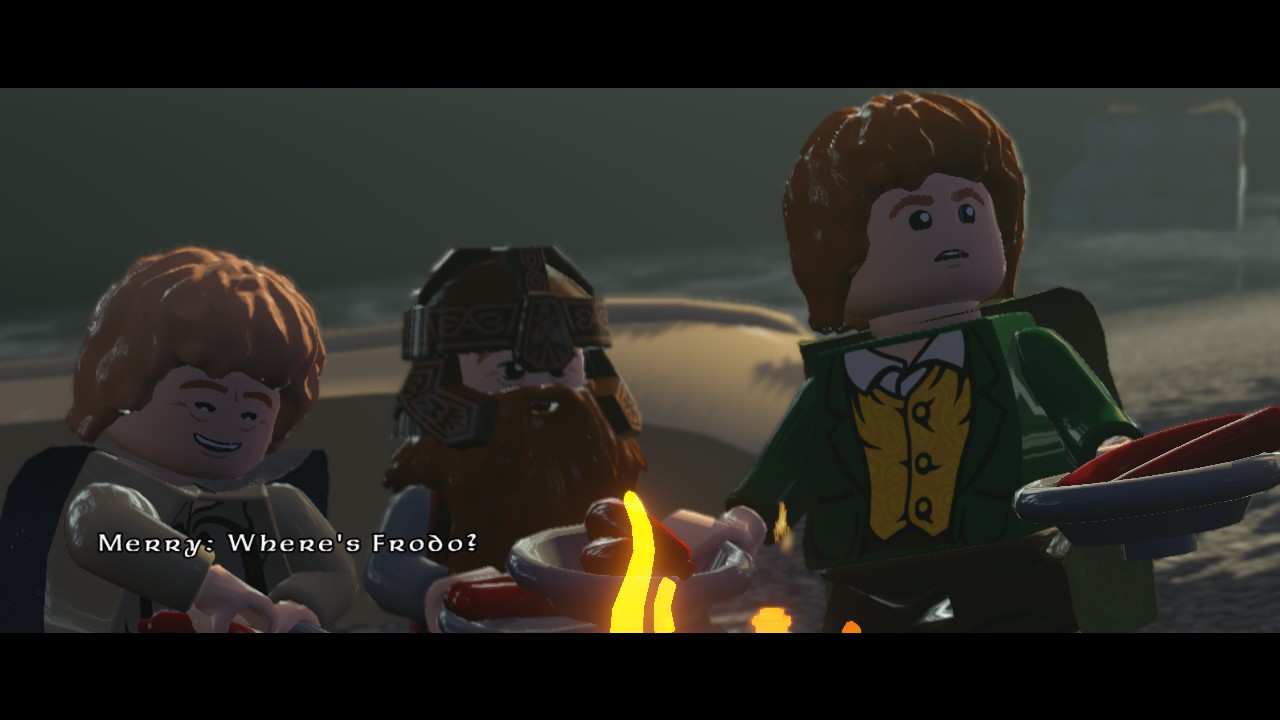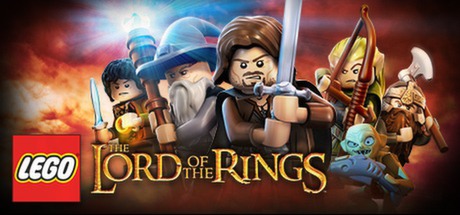If I had to recommend a game series for younger players, the LEGO® games would be a solid choice. However, though the comedy isn’t for kids only, its repetitiveness might prove irksome to older gamers.
Type: Single-Player, Co-op
Genres: Adventure, Crafting
Developer: Traveller’s Tales
Publisher: Warner Bros
Release date: 27 Nov, 2012


First Impressions
Some interesting things happened with LEGO® The Lord of the Rings™ (LLOTR) over the last few years. I remember getting it for free through a giveaway, and letting it sit in my library for a while. Then, when I did install and start playing it, as it had local coop available, the game had been taken off the store page. Since others wouldn’t be able to see it, I had no intention of writing a review for the game as I played it. Later on, it was back up on the store page, so now I have a reason to write a review again. I’ve not had this much emotional whiplash over LOTR since The Hobbit trilogy.

Gameplay
This may come across as a negative, which it is to an extent, but if you’ve played one of the licensed LEGO games that have come out in recent years, you’ve gotten a similar experience as any of the others. You’ll play through the Story Mode with a set roster of characters to control, who have just enough abilities at their disposal to beat the level and find a few secrets, but most secrets will require you to come back with other characters. Stages have handfuls of enemies to break apart, which you’ll also do to background objects, collecting studs along the way. Upon breaking certain objects, you’ll be able to rebuild them into devices that’ll let you get further into the stage. Every so often the action is broken up with other stage mechanics, such as auto-scrolling sections where you’re riding a horse through enemy ranks or fleeing from an impending threat. Boss battles also pop up here and there, and blend simple combat and puzzle-solving together.
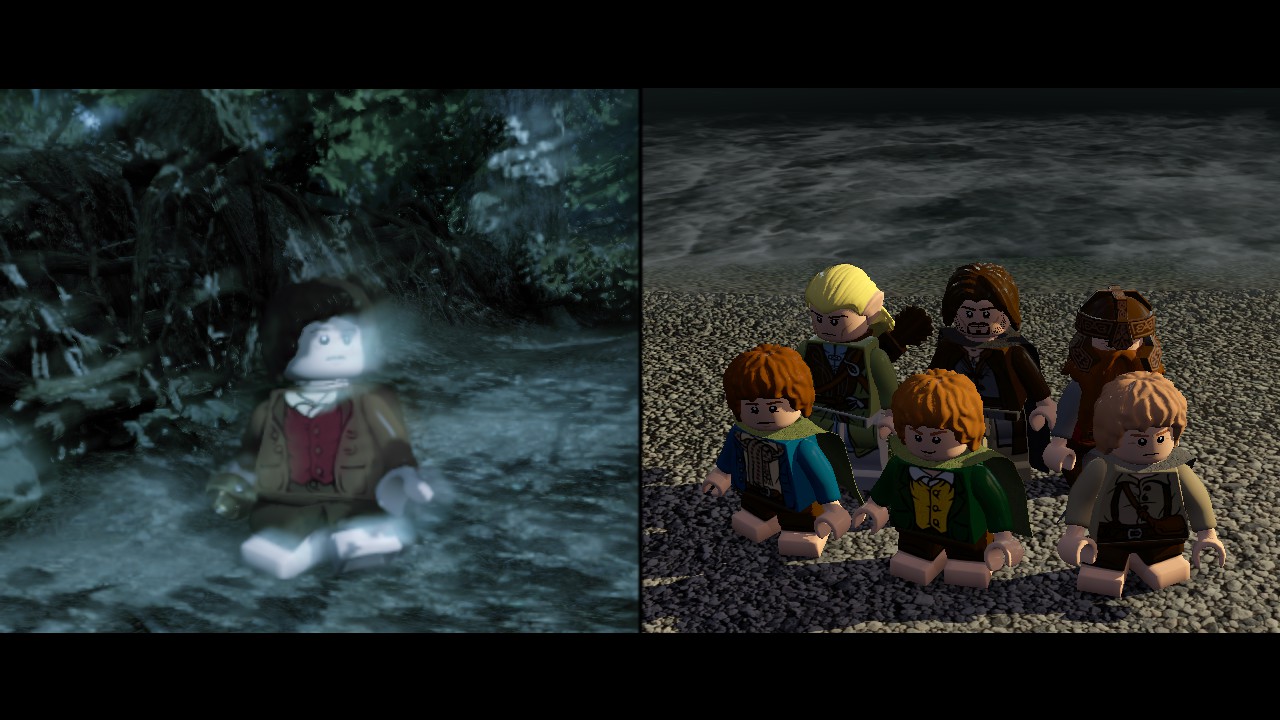
In-between stages, you’ll go to an over world where you can freely wander around in locations that you’ve already been to. It’s fairly limited at first, because your range will be linear and restricted, but there are several challenges and secret areas to explore. After beating the game once, you unlock Free Play, where you can revisit stages with items and characters you’ve discovered and bought with your studs. You can also take these characters and items to various locations in the over world, finding NPCs with simple fetch quests, who will in turn grant you abilities you can toggle on and off, such as stud multipliers or regenerating health. This creates a cycle of unlocking new stuff to find other new stuff, which you’ll likely get tired of if you try to get everything possible, though it’s interesting enough to extend the gameplay beyond clearing the Story Mode.
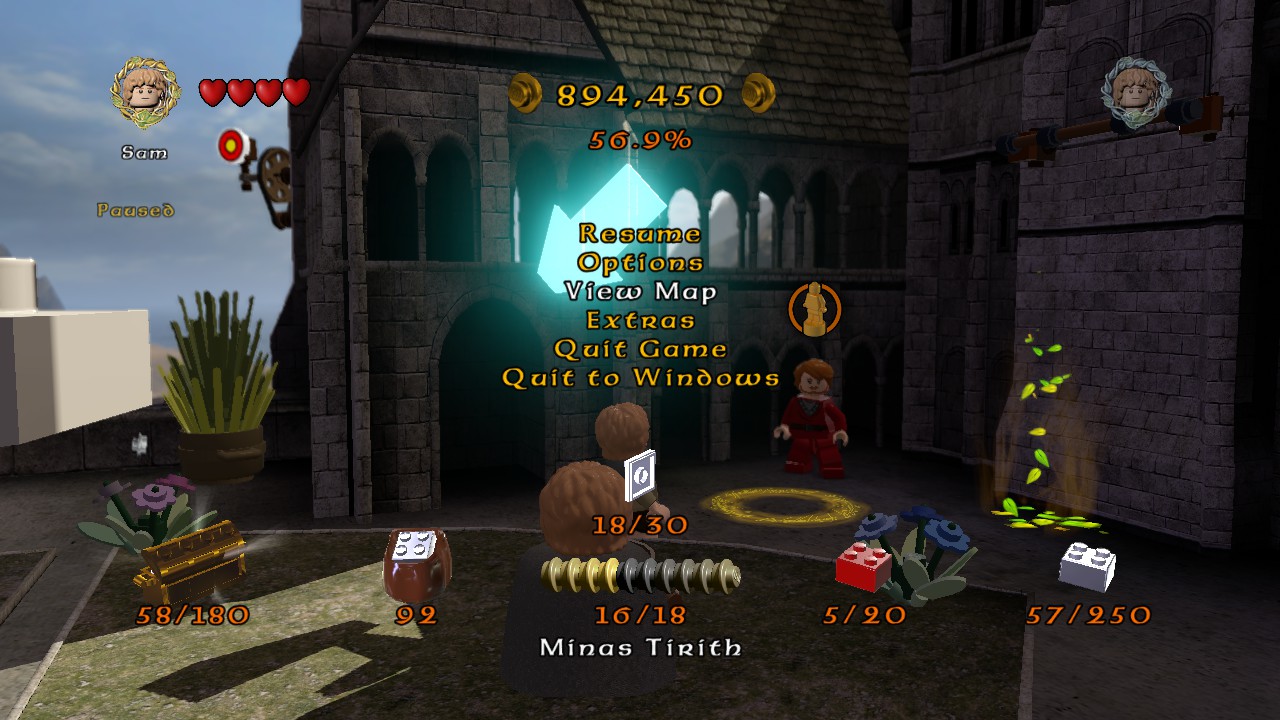
Controls
I played LLOTR with a controller, and it works perfectly fine. Movement is controlled with the ‘L joystick’ while the ‘R joystick’ will spin the camera around. ‘A’ jumps, and though you can jump in the air, it’s used more to get distance than height. When you’re around items that can be assembled, you’ll tap the ‘B button’ to interact with it. Otherwise, holding down the ‘B button’ brings up the other characters you can switch to, while tapping ‘Y’ or the ‘bumper buttons,’ will quickly switch you to another playable character in the area. To attack or destroy objects, you have to mash the ‘X button.’ ‘Select’ brings up the map screen.

Story
LLOTR follows along the events from the trilogy, but in a CliffsNotes fashion, skimming over the highlights in lighthearted fashion. There’s a certain charm to the goofy cutscenes and character interactions. The game will be more enjoyable for those already familiar with the story, yet it has enough comedy it could still suffice for those who aren’t fans. This approach does ensure kids of any age would be able to enjoy the game, without parents having any worries about what their kids are playing.
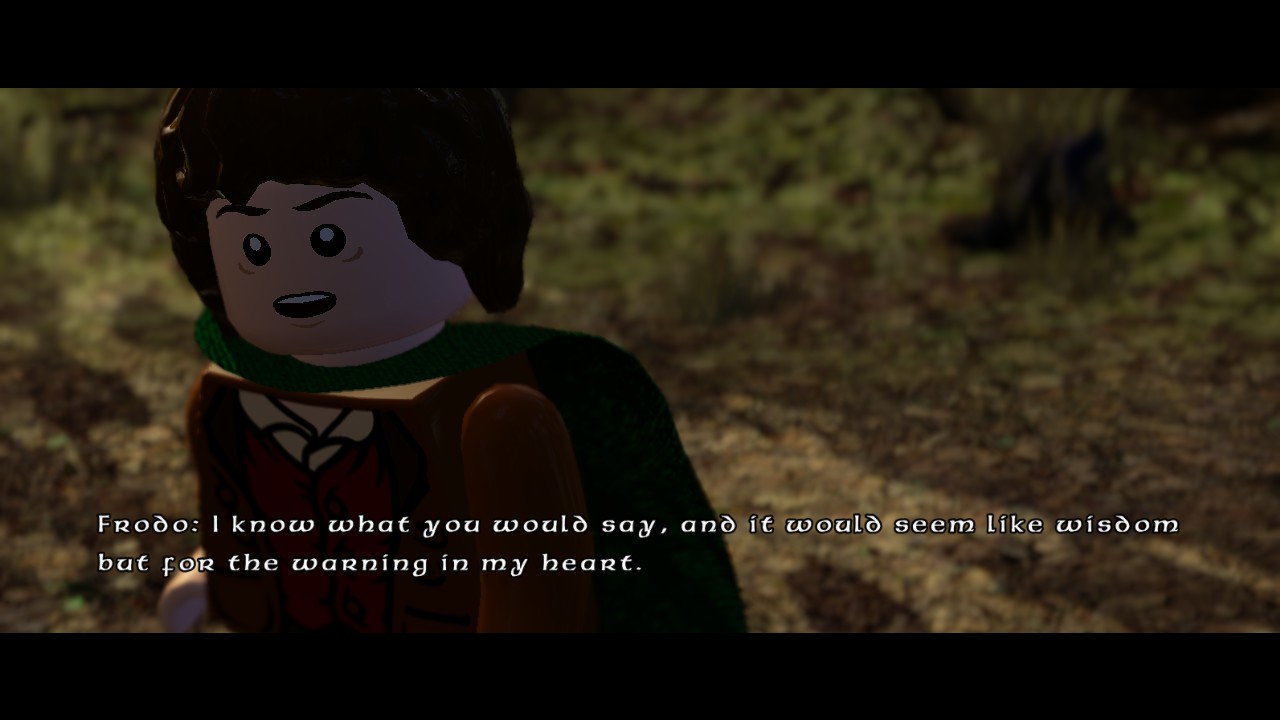
Graphics
The LEGO® games don’t shy away from their source material, as they fully intend on recreating the look of the iconic toy, which is done rather well. The cutscenes are where they look the best, as the camera will zoom in closely, showing the blocky nature of each character and item in the game. While actually playing though, this effect isn’t lost, it’s just not as crisp-looking. However, with this unique style, LLOTR isn’t bad looking and again has a certain charm to it. For those who grew up playing with LEGO®, this probably stirs up fond memories.

Sound Design
There’s really nothing to complain about with the game’s music because it’s directly taken from the LOTR movies. Along with this, voice acting was also used from the movies for the cutscenes. I imagine licensing issues around matters like these is why the game went off of Steam’s store page in the first place, so there is a downside to this. However, it’s hard to argue with the better audio as a result of doing this. The sound effects you’re used to from other LEGO® games, such as building objects, getting hearts, or destroying enemies are still in effect here.
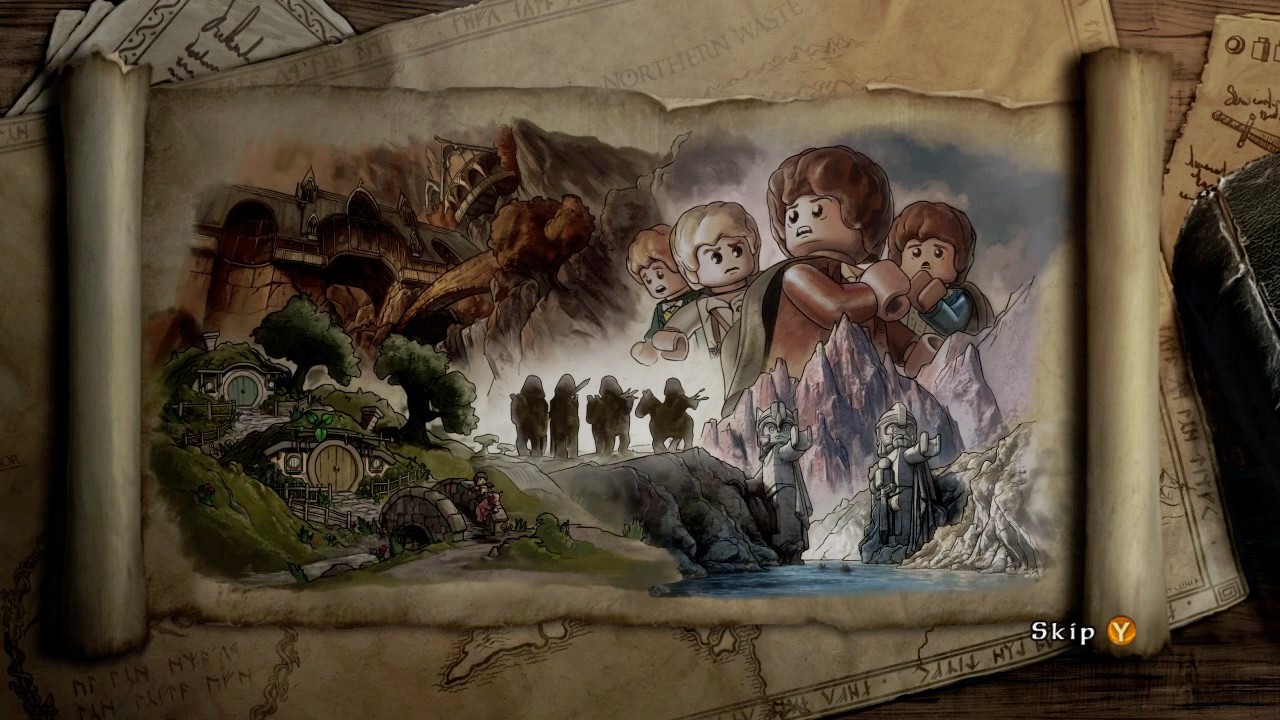
Pros
- LLOTR does a good job with the coop feature, because it’s so seamless. You can split the screen and go anywhere within an area without having to wait on the other person, and the other player can come in or leave whenever they want.
- The game is rather easy, as death only causes you to lose studs. However, for those with the time and desire for it, they can look for all the secrets and get a bit of challenge that way.
- This is a great choice for younger audiences.
Cons
- The collision detection between your character and the environment is sometimes glitchy. For instance, how you’ll interact with certain platforms, which can inhibit getting to secret areas, even when taking the intended route.
- Until you unlock Free Play, some characters outshine others. One of the most useful is Sam because of all the common tools he has access to.
- The sheer amount of studs you’re expected to hoard for all the game’s unlockables is excessive.
Tips
- When you quit out of the game, your perks like regenerating health revert to being off, so be sure to turn them back on as you start another session.
- Don’t get too fixated on getting secrets your first time through a stage, because you have to return to it later regardless.
Final Thoughts
It’s just a facet of these LEGO® games that they are not only repetitive within their own games, but because so little really changes aside from the coat of paint over it, between all the games they’ve made as well. I have not tried all of their games, and wouldn’t know which is the definitive one to single out above the rest. However, compared to earlier attempts, such as the Star Wars games, LLOTR has refined aspects of the gameplay so it’s not as clunky. I’d say it’s worth getting, if you already know you can play these LEGO® games without getting bored of them. However, due to some of the obnoxious hindrances caused by the poor collision detection, it may be worthwhile finding another of the games that are better programmed. Since I have to give a yes or no on my recommendation, in this case I’ll give a slight edge to yes, but a hesitant one.
